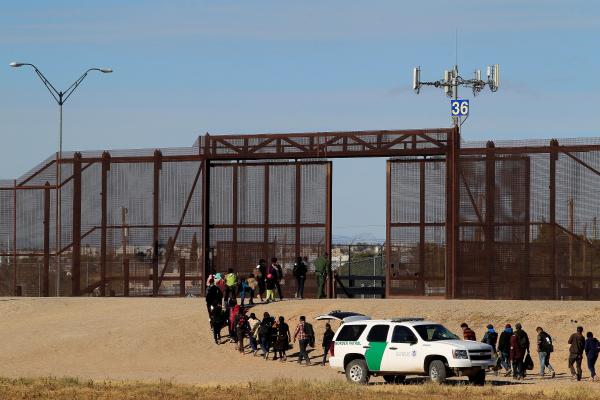Jan 25, 2019
The U.S. government will return the first group of migrants seeking asylum in the United States to the Mexican border city of Tijuana on Friday, U.S. and Mexican officials said, marking the start of a major policy shift by the Trump administration.
The policy, dubbed the Migrant Protection Protocols (MPP) and first announced on Dec. 20, will return migrants, including non-Mexicans, who cross the U.S. southern border back to wait in Mexico while their asylum requests are processed in U.S. immigration courts.
Read the Full Article

Already a subscriber? Login
